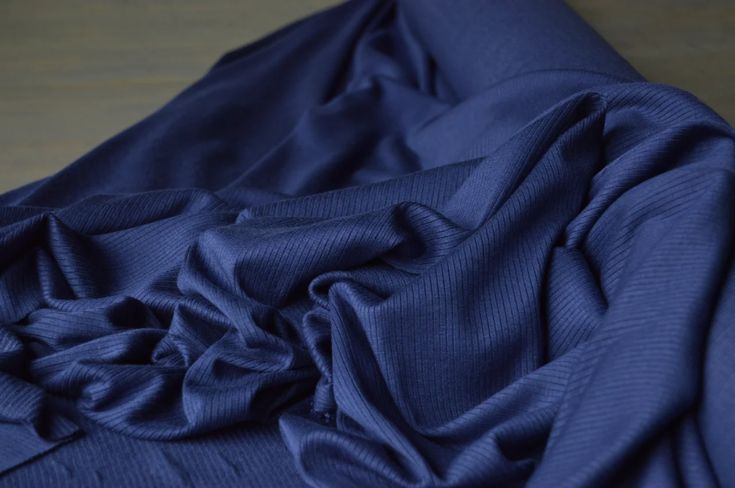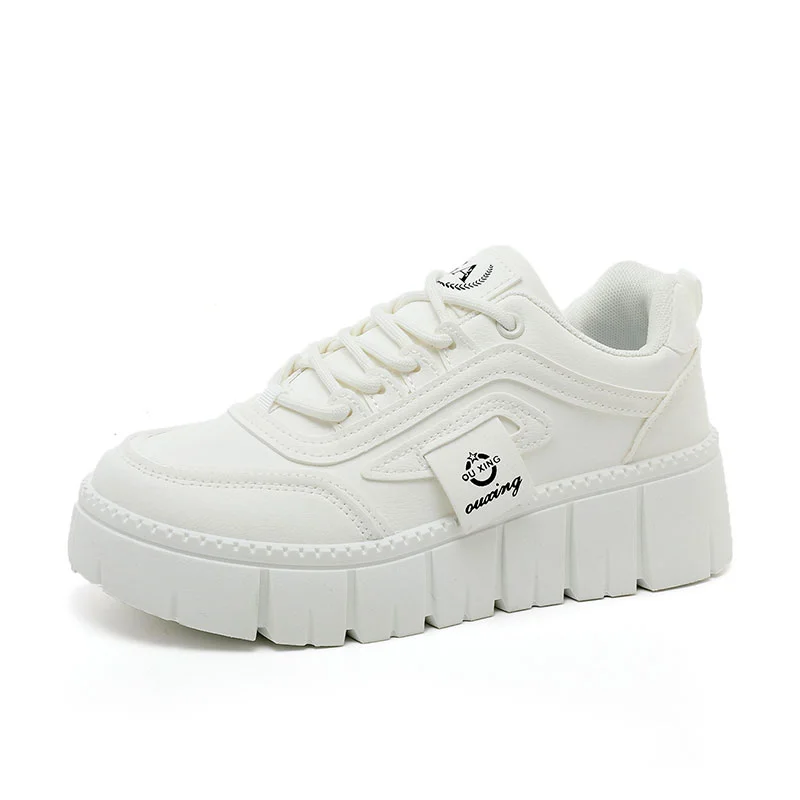Viscose vs Silk: Unveiling the Superiority of Viscose in the Modern Era

In the realm of luxurious fabrics, silk has long reigned supreme. However, with the advent of new technologies and sustainable practices, viscose has emerged as a formidable contender. This article aims to delve into the debate of whether viscose is better than silk, exploring various aspects such as production methods, comfort, durability, and environmental impact. By examining these factors, we can gain a comprehensive understanding of the qualities that make viscose a compelling choice in today's fashion industry.
- Production Methods:
Silk, derived from the cocoons of silkworms, has a rich history dating back thousands of years. Its production involves a labor-intensive process of rearing silkworms, harvesting cocoons, and extracting silk threads. On the other hand, viscose is a man-made fiber derived from natural sources such as wood pulp. Through a chemical process called regeneration, cellulose from the wood pulp is transformed into a soft and versatile fiber. This method allows for greater control over production, resulting in a more consistent and reliable fabric. - Comfort and Versatility:
Silk has long been cherished for its luxurious feel and natural sheen. It is known for its breathability, moisture-wicking properties, and ability to regulate body temperature. However, viscose offers similar benefits while also providing enhanced versatility. Viscose can be blended with other fibers, such as cotton or elastane, to create fabrics with improved stretch, durability, and drape. This versatility makes viscose an excellent choice for a wide range of garments, from flowing dresses to comfortable activewear. - Durability and Maintenance:
Silk is renowned for its strength and durability, often lasting for decades when properly cared for. However, it is also delicate and requires special attention during washing and handling. Viscose, on the other hand, offers comparable durability while being more forgiving in terms of maintenance. Viscose fabrics can typically be machine-washed, making them more practical for everyday wear. Additionally, advancements in textile technology have led to the development of high-quality viscose fibers that are less prone to pilling and fading, ensuring longevity and satisfaction for the wearer. - Environmental Impact:
Sustainability has become a crucial consideration in the fashion industry. Silk production, although natural, involves the use of vast amounts of water and energy, as well as the exploitation of silkworms. In contrast, viscose production has evolved to become more environmentally friendly. Many manufacturers now adhere to strict regulations and certifications, ensuring responsible sourcing of raw materials and implementing closed-loop production processes. Sustainable viscose, such as that made from certified forests, offers a greener alternative without compromising on quality or style.
Conclusion:
While silk has long been synonymous with luxury and elegance, the rise of viscose presents a compelling argument for its superiority in the modern era. With its versatile production methods, comparable comfort, enhanced durability, and improved sustainability, viscose has become a viable alternative to silk. Whether it's for everyday wear or special occasions, choosing viscose allows us to embrace both style and conscience. As the fashion industry continues to evolve, it is essential to explore innovative materials like viscose that offer a balance between quality, practicality, and environmental responsibility.
